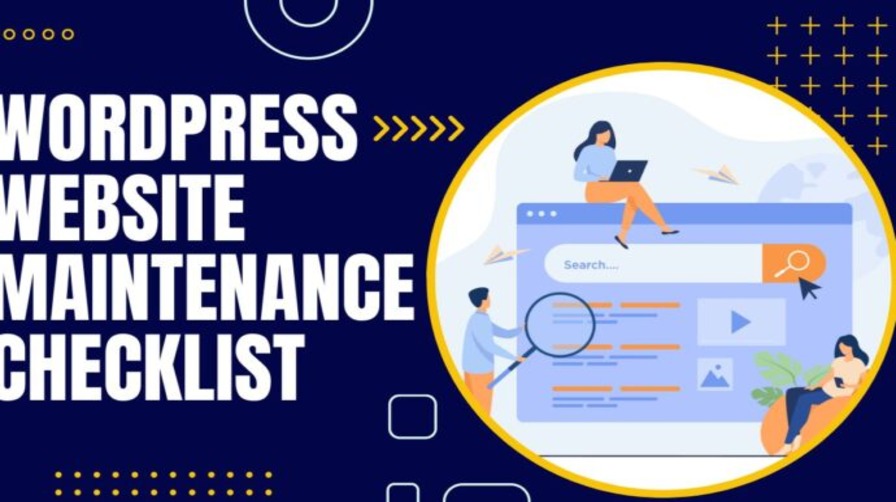5 Signs Your Site Needs a Maintenance Checkup
We have previously discussed many things to do with website maintenance, including what it includes, how long it should take, security checklists, and more. But in this article, we are going to back up a little bit and run through a few signs that you can use to help identify whether or not your website is due a health check. Website maintenance, similar to looking after your car is an ongoing insurance policy to ensure everything runs as it should. So, here are 5 of our top signs that you should look out for. Outdated Design and Functionality: Does your website look like it’s stuck in the early 2000s? Clunky layouts, outdated visuals, and lack of mobile responsiveness are all red flags. Modern websites are clean, user-friendly, and optimised for mobile viewing. If your website isn’t keeping up, it can create a negative first impression for visitors and hurt your brand image. Broken Links and Slow Loading Times: A website riddled with broken links and slow loading times screams out neglect. This can frustrate users and can cause them to abandon your site altogether. Broken links often lead to dead ends, and slow loading times can lead to high bounce rates. Maintaining your website ensures all links function properly and pages load quickly, keeping visitors engaged and more importantly, on your website. A great tool we use and one that comes highly recommended is Screaming Frog Spider. Its a web crawler that will scan through your website and flag any broken links. It does a ton of other stuff, but the free download will help you pinpoint any broken links so you can go in and fix them. https://www.screamingfrog.co.uk/seo-spider/ Security Vulnerabilities: In today’s digital world, website security is paramount. Outdated plugins, themes, and core software can leave your website vulnerable to hacking attacks and data breaches. Regular website maintenance includes updating software, plugins, and themes to patch security vulnerabilities and keep your website safe for visitors and your business. Lack of Mobile Optimisation: With the majority of internet browsing happening on smartphones and tablets, a mobile-friendly website is no longer optional, it’s essential. Try this mobile friendly test to check yours https://smallseotools.com/mobile-friendly-test/ If your website doesn’t offer a seamless mobile experience, you’re potentially excluding a huge chunk of your audience. Website maintenance ensures your site is optimized for all devices, providing a smooth user experience no matter how visitors access it. Outdated Content and Functionality: Is your website content stale and outdated? Do features no longer function properly? If so, it’s time for a refresh. Fresh, engaging content and up-to-date functionality are crucial for keeping visitors interested and coming back for more. Wrapping it up Regular website maintenance allows you to update content, fix broken features, and ensure your site offers a valuable user experience. By being aware of these signs, you can identify the need for website maintenance and take action before it negatively impacts your website’s performance and your business. Remember, a well-maintained website is an investment that can pay off in the long run. Like with most things, there’s a lot more to it, but this just gives you a birds eye view of some of the things to look out for. If you need some help to keep your website running at its best, we offer monthly website maintenance packages from only £18 per month which will keep your website backed up, secure and updated. You can click here to find out more




